Australia So Much to See

Various implements are displayed on the wagons.
Locomotive Shunter "T" Class 1808
Was operated by 3 man crew and worked in the West Merredin marshalling yards.
Donated by Westrail
1995
Reg. 769
Platform Scales
Makers - W & T Avery of Birmingham
Donated by Westrail - approx. 1969
International Combustion Engine
Engine was used from 1914 onwards
Patented 1905 by International Harvester Co
Made approx. 1914 by Mr
Chegwidden to supply power and lighting for showing motion pictures at Merredin
Used later by Mr Rutter to drive his chaff cutter at
Nangeenan
Reg. no 0402
This station was in operation at Merredin until 1966 when a new station was built on the other side of the new standard gauge lines.
Merredin was the Western Australian Government Railway’s maintenance operations centre on the Eastern Goldfields Railway from
1904 to 1969, when all steam locomotives were replaced with diesel, and all locomotive servicing and maintenance for the entire Government
railway system was transferred to a new depot at Forrestfield.

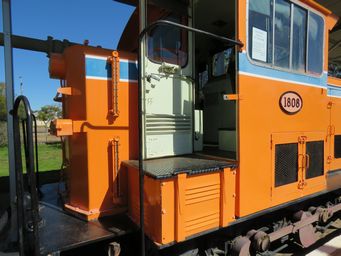

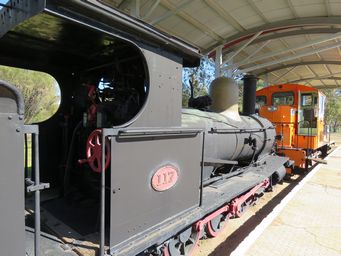
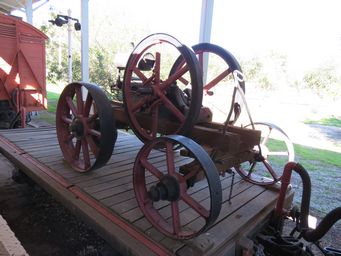

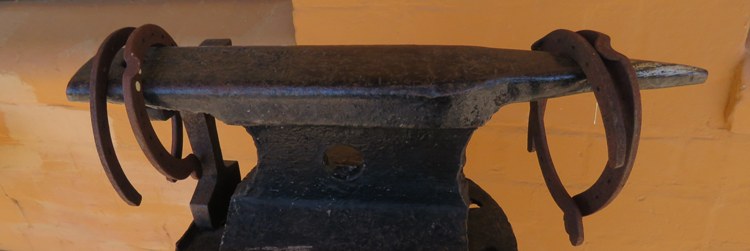
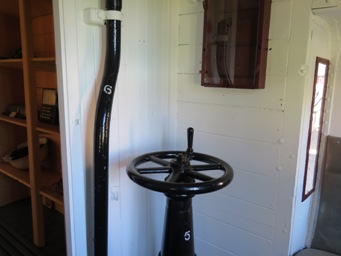

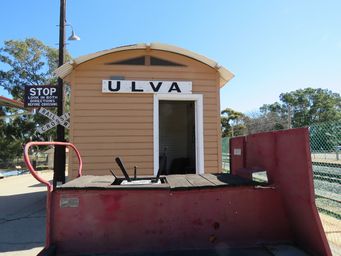
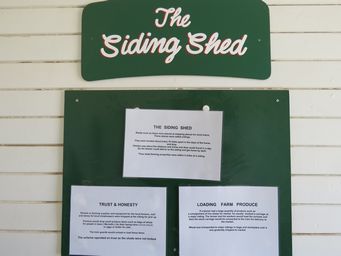
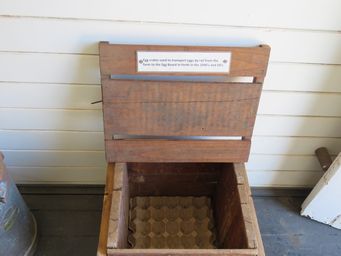

Ministerial Special
The opening of the Railway from Perth to Kalgoorlie 1st January 1897
A special train was commissioned to travel
from Perth to Kalgoorlie to celebrate the official opening. It consisted of the vice-regal ministerial and inspection cars,
the car of the manager of the Great Southern Railways, eight sleeping cars, two composite carriages, two luggage vans and a break
van. Two locomotives were also requisitioned, a "P" class 4-4-0 and a "G" class.
Three hundred invited guests from Perth and
Fremantle travelled in the special train to Kalgoorlie to witness the ceremony.
Some of the guests were -
The Governor His Excellency
Sir Gerald and Lady Smith, with their daughter Miss Smith
The Mayor Mr I J Cohn.
The Premier Sir John and Lady Forrest
Mr C A Piesse
- MLC
Mr Wittenoom - Commissioner of Railways
Sir George Shenton
Sir James Lee-Steere
Captain de Satge ADC to his excellency Sir Gerald
Smith
Messrs H J Saunders - MLC
E McLarty - MLC
H Briggs - MLC
D F Congdon - MLC
C. Harger - MLC
H. Solomon - MLC
F O'Connor - MLC
Councillor
Wilson - Perth
Perth Warden Davis
Reverend Father Denny
Reverend Father Prendergast
Sidings were unmanned railway stations servicing rural communities between towns. There were one or two sheds with open fronts
where goods and parcels would be left by the guard. Large consignments, such as bags of superphosphate (fertiliser) would be
left in the wagon for the consignee to offload. The train was the lifeline for rural people.
Sidings were around ten miles
(sixteen kilometres) apart, to enable horse driven carts to make the journey on days the train came through. I remember our
neighbour and his wife driving a horse and buggy to the siding three days a week to pick up mail, bread and any other goods, a delightful
and uncommon sight as most families had cars.
As roads improved and people regularly drove to their nearest town, rural sidings were
gradually closed.